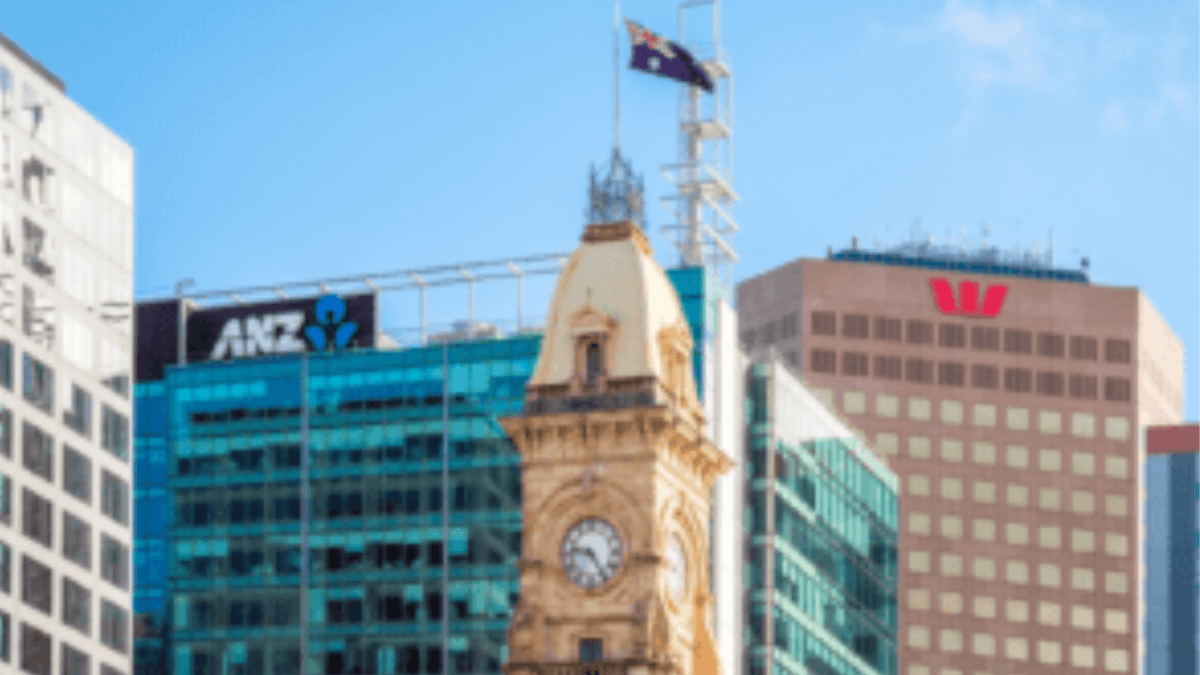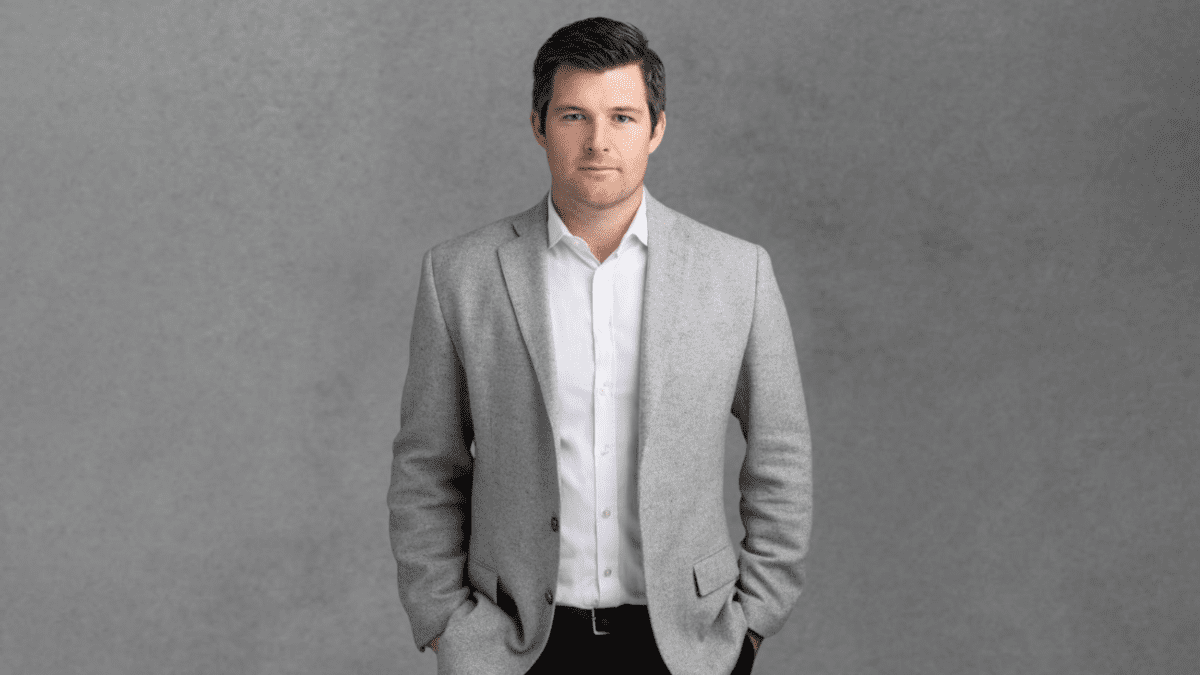Investors warned to readjust to inflationary environment
Investors and their financial advisers will need to adjust to a new inflationary paradigm with Schroders Australia’s head of multi-asset and fixed income Sebastian Mullins arguing that higher inflation is probably here to stay.
According to Mullins, the government’s focus on a lower inflation limit is something investors need to seriously consider.
“I’m not saying we’re going back to the 1970s. But if you think about the past decade or so, policymakers have been trying very hard to get inflation up to about two per cent,” he said at a recent Schroders event. “We think going forward, policymakers will try very hard to bring inflation down to two per cent. So that ceiling becomes a floor that has very big implications for markets and investing.”
He said this was a critical juncture for investors because, for the past two decades, equities and bonds have negatively correlated, so it had allowed investors to offset bonds against equities – the diversification benefit.
“But it’s been an anomaly. It’s gone positive again, and over the past 120 years, at best it oscillates around zero and at worst it’s consistently positive. This means you must think not only about the level of risk you have in equities, but also what you put in that defensive bucket – government bonds, credit, inflationary bonds – to help you if correlations stay consistently positive,” he adds.
On the equity front, he says investors need to be more active. Acknowledging he worked for an active manager, he said: “You generally want to be more towards high quality stocks, companies that can survive higher interest rate environments, can pass on costs to consumers and have earnings today.”
Head of Australian equities Martin Conlon had an implicit warning for self-managed super funds (SMSFs), many of which are enthusiastic investors in the four big banks and the fully franked dividends they pay.
Citing the Japanese experience, he says it portends an uphill battle for Australian banks. “At 20 per cent of the Australian benchmark, the outlook for banks is an important driver of returns. Japanese banks, when faced with the same headwinds, have performed poorly.
“Why? There was no volume growth. In Australia, if we can’t throw much more debt at the consumer, then volume growth is gone – even if net interest margins remain stable. So, unless the banks keep their costs down, which history suggests they will struggle to do, then bank profits look to us like they’ll be flat or down.”
Conlon also offered an interesting insight into the Magnificent Seven group of stocks – Apple, Microsoft, Amazon, Alphabet (Google), Facebook, Netflix and Tesla – telling the audience that their market weight was more than the UK, Chinese, French and Japanese equity markets combined.
“It is scary concentration in the US market. And not only is the US about 70 per cent of the world in a global equity portfolio, but technology is also 30 per cent to 40 per cent of that 70 per cent. These are good companies, but they’re massive, with Microsoft now bigger than the US energy sector.”
In the mining sector, Conlon said electrification had given everyone ‘copper fever’, but aluminium may also offer opportunities.
“(Miners) know the world needs to electrify and they know copper is an important part of that. The problem is that even if prices are high, it’s not clear we can produce more copper,” he said.
“We’re looking at things like aluminium. It’s conductive and, importantly, the price hasn’t really done anything for decades. When you invest in companies such as Alumina (ASX: AWC) or South32 (ASX: S32), often you’re buying their assets at less than replacement cost. In a high inflation world, that’s a very good place to be.”










